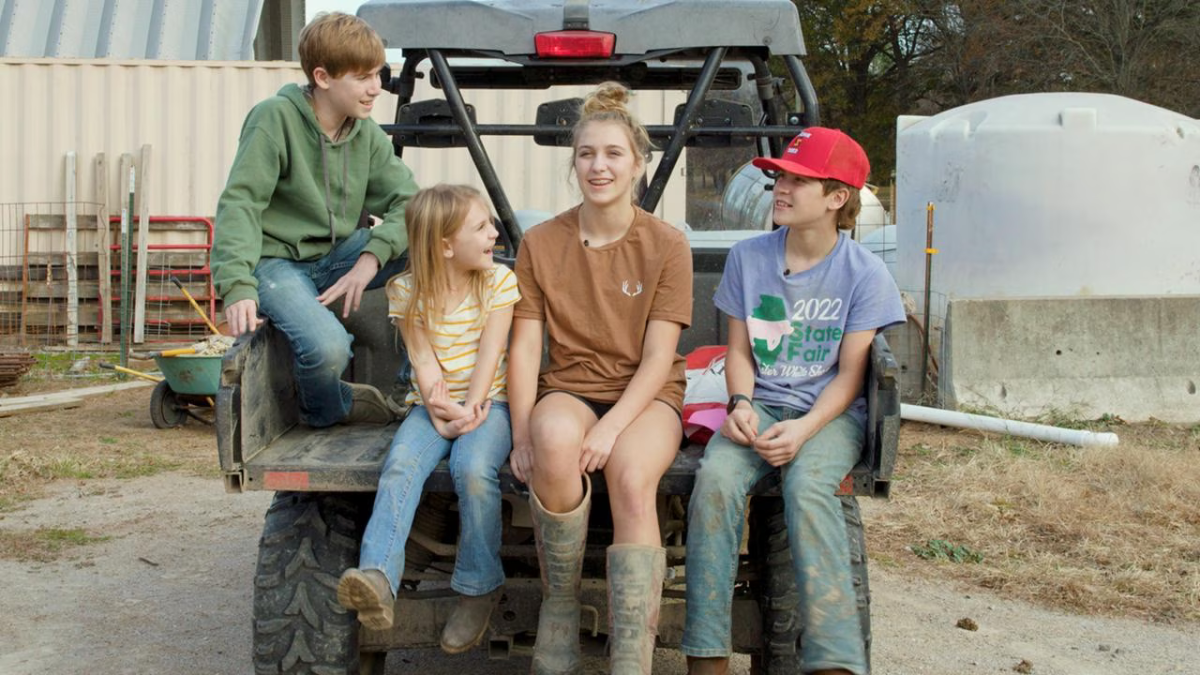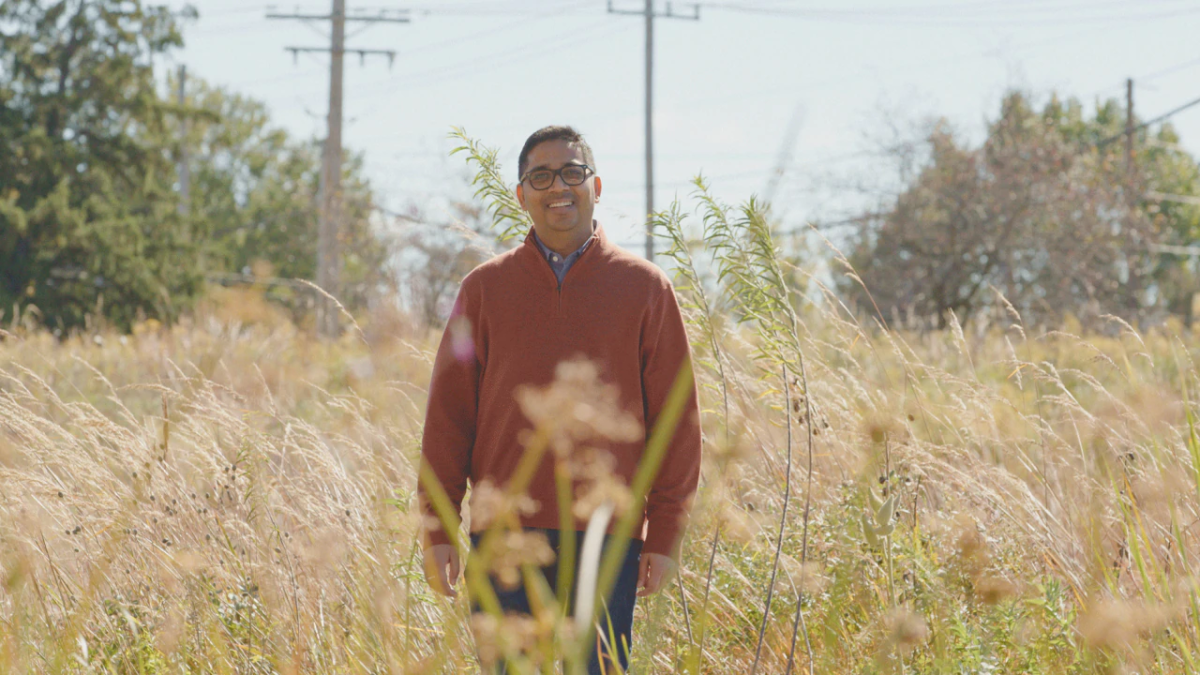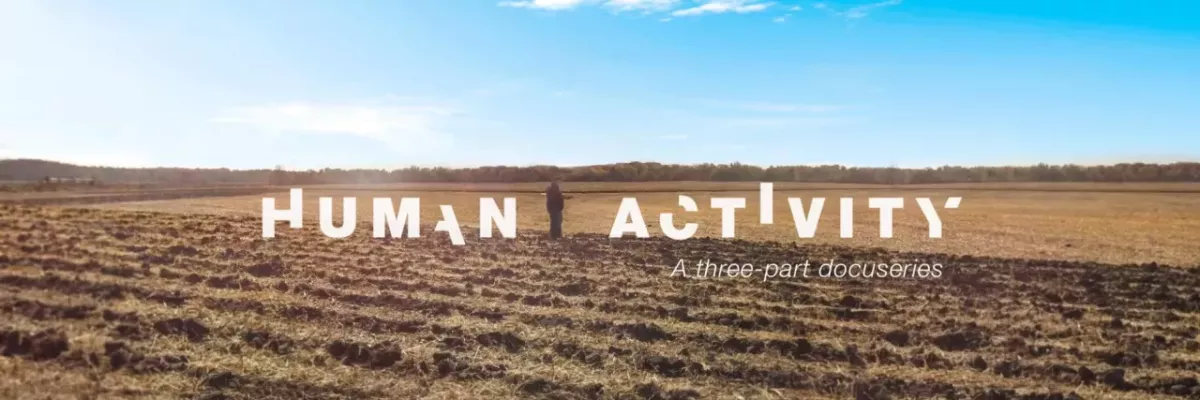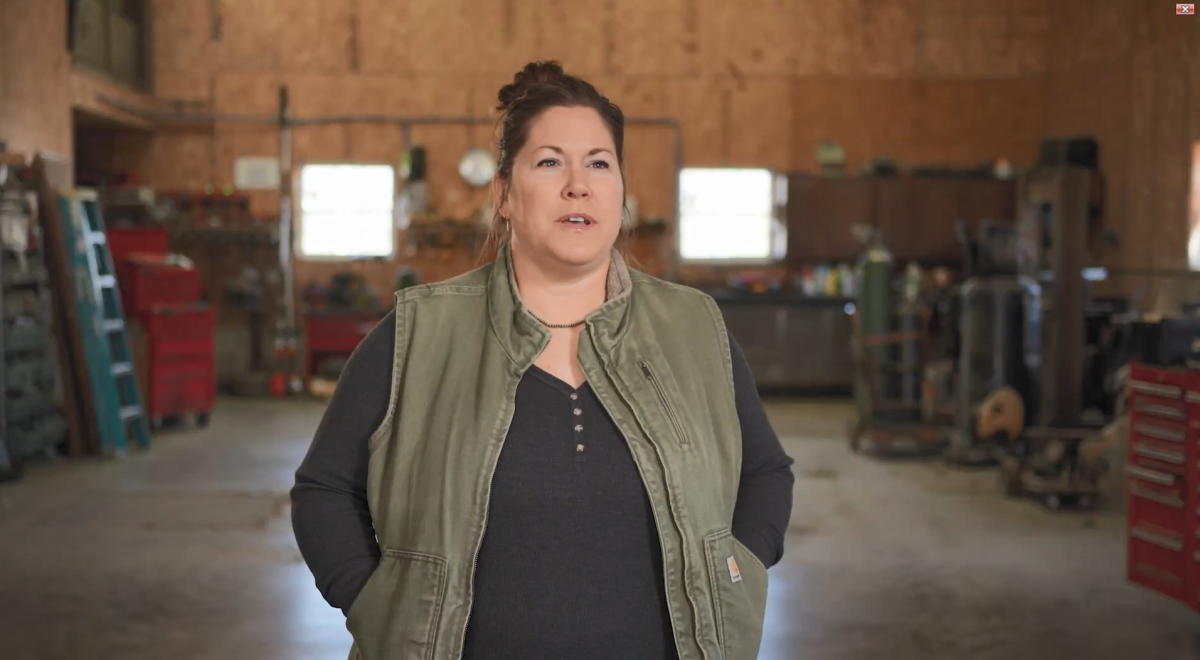Human Activity | Episode 2: Land
Beneath the Surface
Mindy and Justin Jefferson live with their four children on a 1,400-acre File Family Farms in Bond County, Illinois, that's been part of her family for five generations.
In many ways, their farm serves as a model in their region thanks to the family's climate-friendly approach to cultivating crops through practices known as strip-tilling and no-tilling. Both reduce the labor and energy needed to grow corn and soybeans, and their methods limit the amount of carbon released by breaking up the soil through traditional tilling.
Between seasons, they plant cover crops — grasses, legumes, oilseed radishes or cereal ryes — that aren't traditionally grown for sale. Cover crops limit erosion, keep valuable nutrients from blowing away and even help reduce the frequency of some pests. Think of it as a living mulch.
"We get really excited to think that some of the things that we're doing on our farm if they were implemented on other farms, could be a huge part of solving the problem of climate change."
Mindy Jefferson, Owner of File Family Farms LLC
Beyond the good it does for the soil, cover crops can also reduce the amount of money farmers spend on fertilizers and pest control, which is as good for the bottom line as it is for the soil.
What holds some farmers back from enjoying cover crops' potential long-term and financial benefits are the upfront costs and the lack of financial incentive to plant something that doesn't generate revenue.
The U.S. government is trying to incentivize the practice through grants that would encourage farmers to adopt the practice. Recent USDA data shows that farmers reported planting 15.4 million acres of cover crops in 2017, which marked a 50-percent increase compared to 2012. The government wants to double the number of corn and soybean acres using cover crops by 2030.
What else is changing is how companies like CoverCress are bioengineering crops planted between seasons that give farmers a financial incentive to use them in addition to the proven benefits to their soil.
“It's about turning a species that pretty much was a weed into something that can produce oil and therefore biodiesel, and therefore sustainable aviation fuel with a much lower footprint compared to the other alternatives.”
Leo Bastos, SVP Global Commercial Ecosystems at Bayer
People rarely think of field pennycress as a profitable crop. It's more or less a weed found along roadsides. However, it has potential as a winter oilseed crop that farmers could plant between seasons and sell. Doing so could decrease nitrogen loss, help store carbon in the soil and improve soil health, while its seeds produce oils used in biofuel production and high-protein meal for animal feed.
"CoverCress can grow during a time of year where you're not growing anything, you're not using new land, you're not using new equipment or new resources, and you are utilizing a lot of the available nutrients that are left over from prior crop," said geneticist Ratan Chopra, vice president of research at CoverCress.
Mark Messmer, nearing his retirement, was brought into the startup that would later become CoverCress to help develop the idea.
There were challenges to making it viable for farmers due to the early limitations of technology. Messmer said his early field research resembled traditional breeding, using 900 varieties of pennycress collected from around the country. The company hired geneticist Chopra from the University of Minnesota to help domesticate pennycress and allow it to grow within current Midwestern crop cycles.
For farmers like the Jefferson family, eco-friendly farming isn't just about preserving the climate. It's also about ensuring the soil they farm today is there when the next generation takes over.
"I'm optimistic that we can change because of the people. I don't have to look far," Justin said. "My kids are already changing the mindset that I have and opening my mind to different resources, to different ways of thinking about what the solution to this problem might be and the stuff that I should know. Sometimes it takes somebody else's eyes, like my children, that I can listen to hear some of those replies and answers."
View original content here





